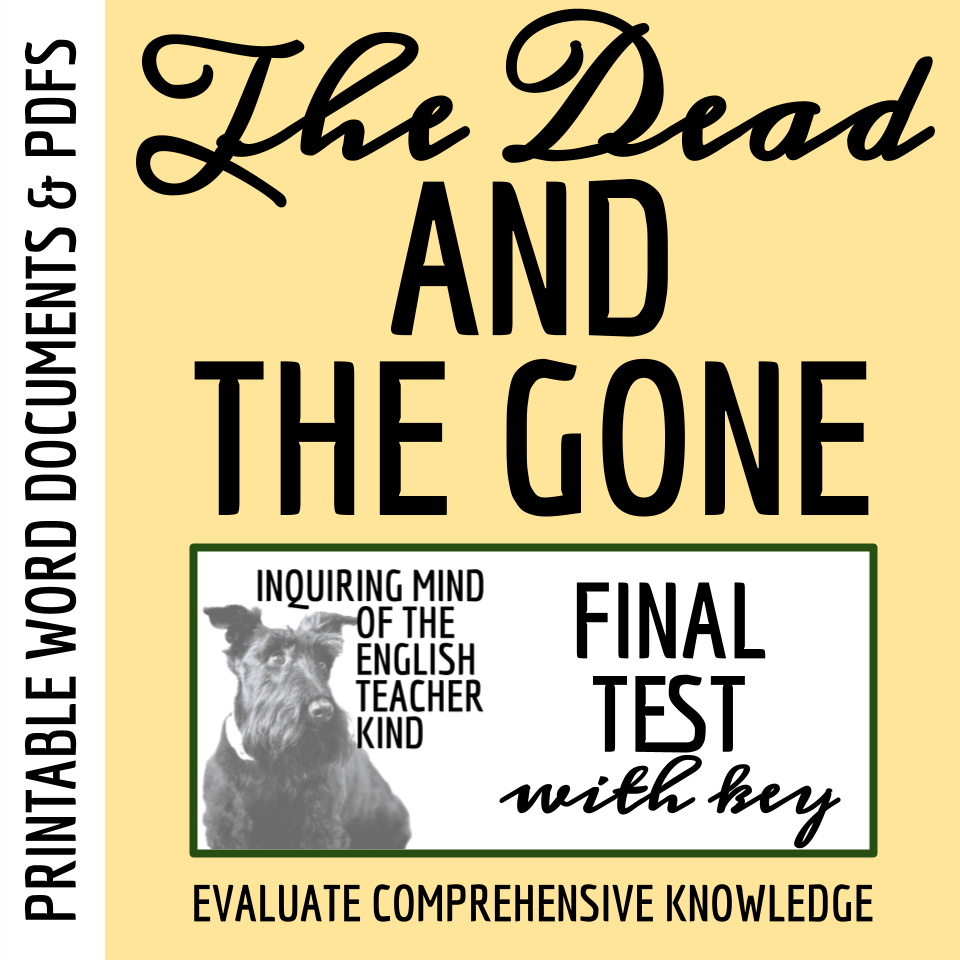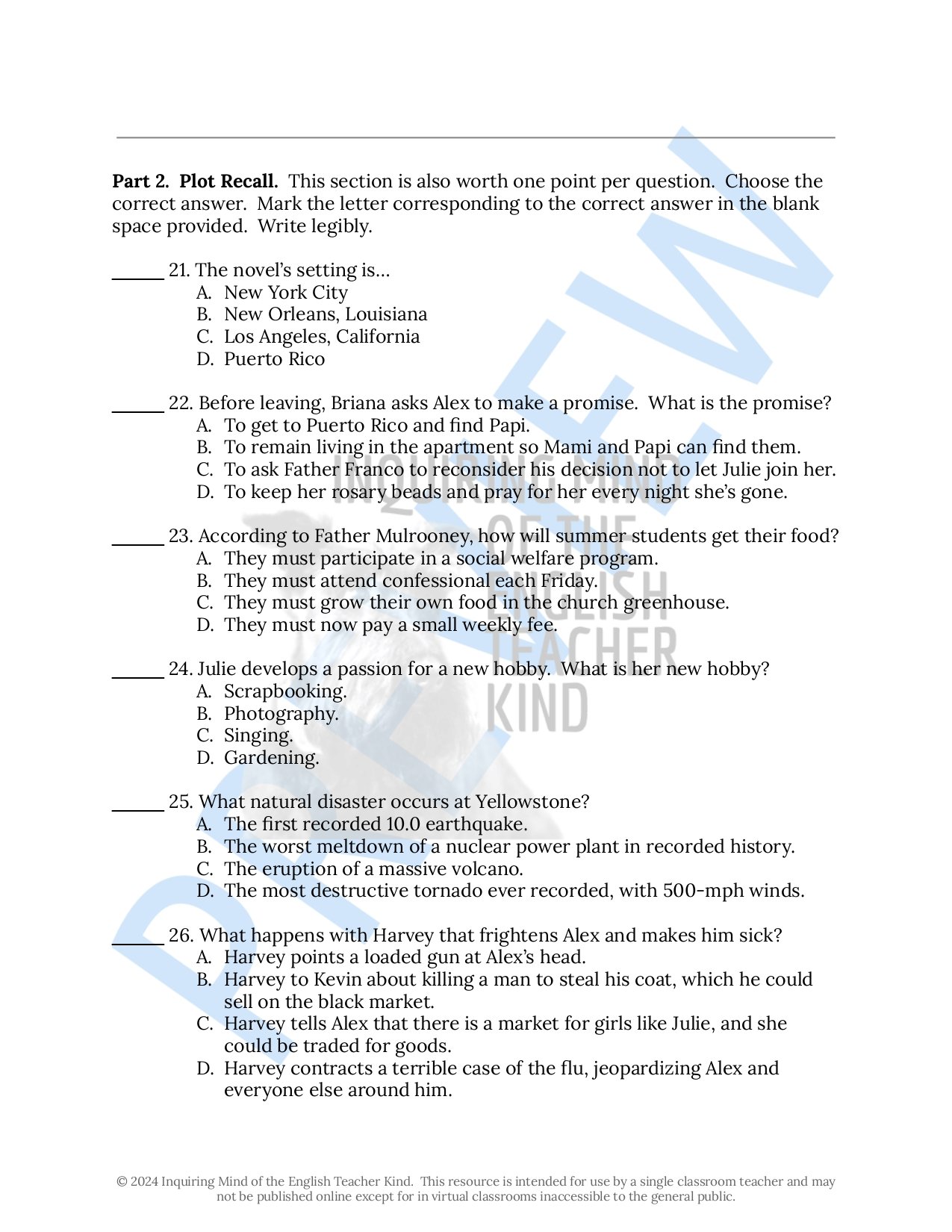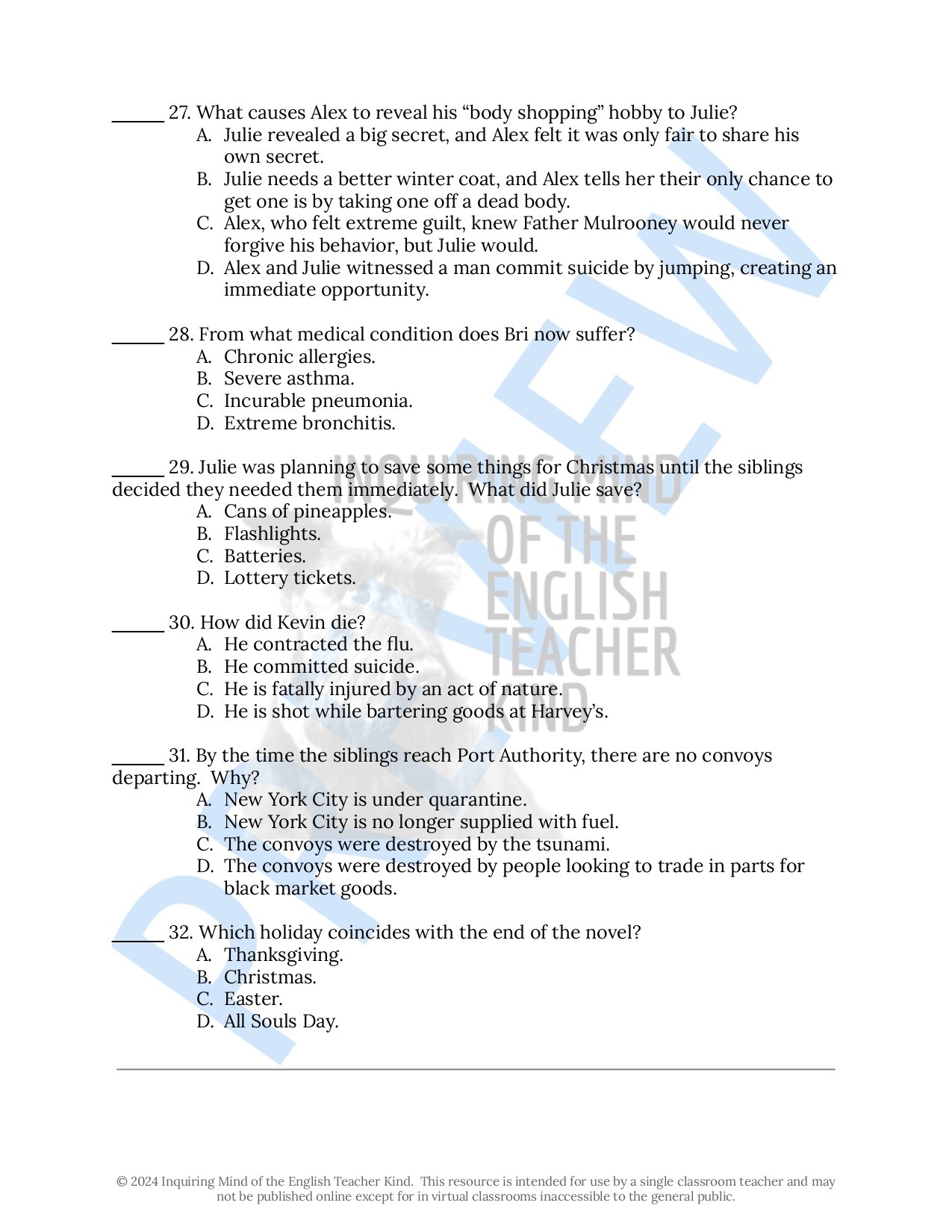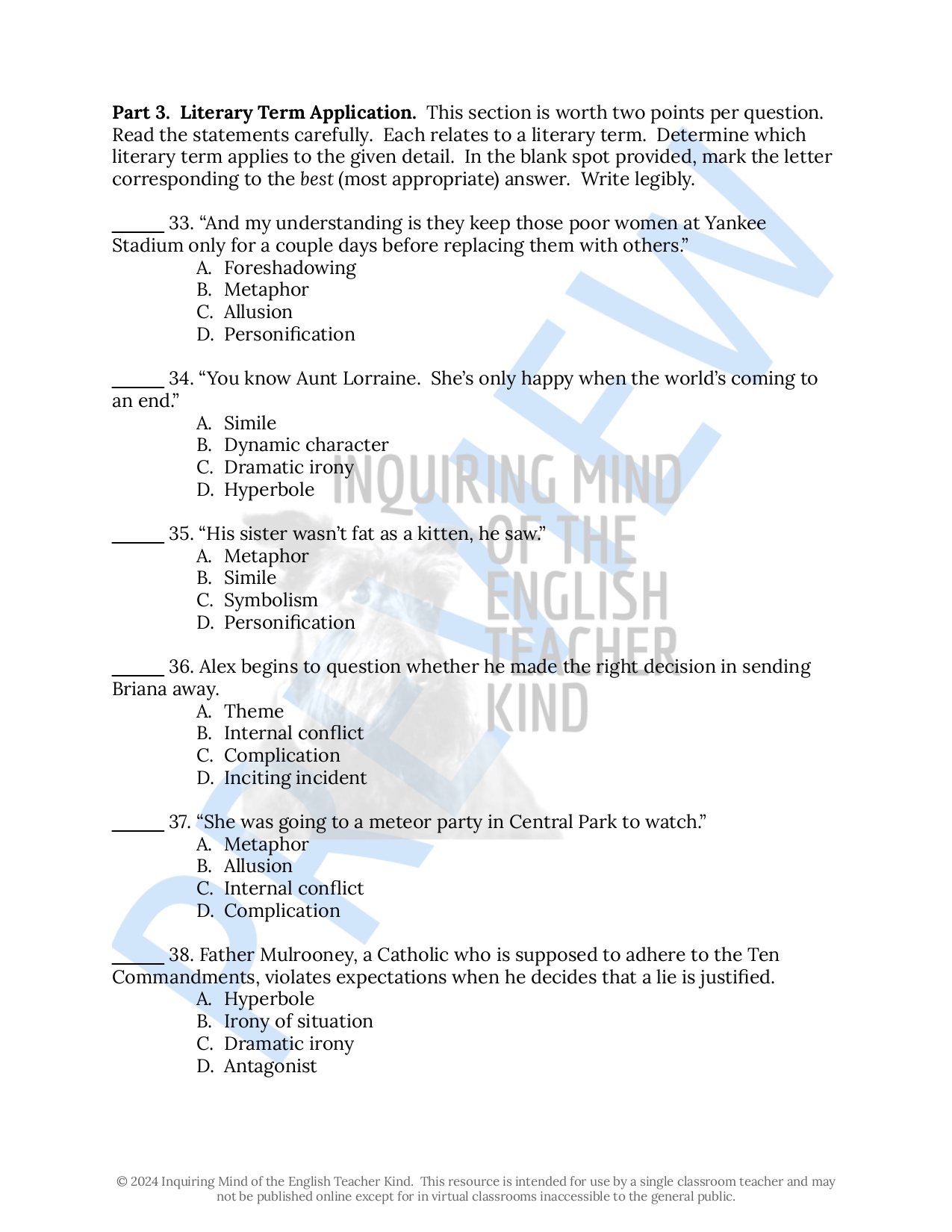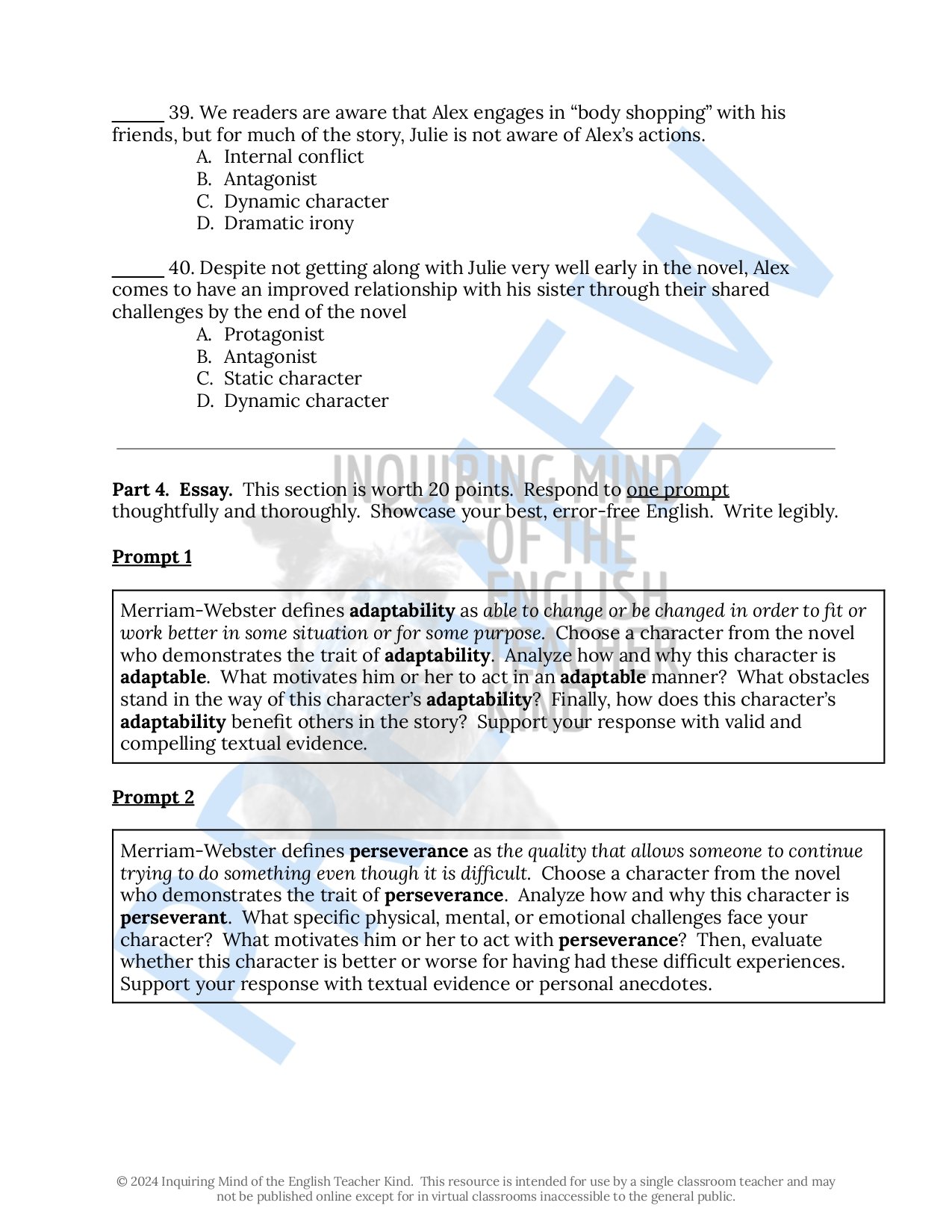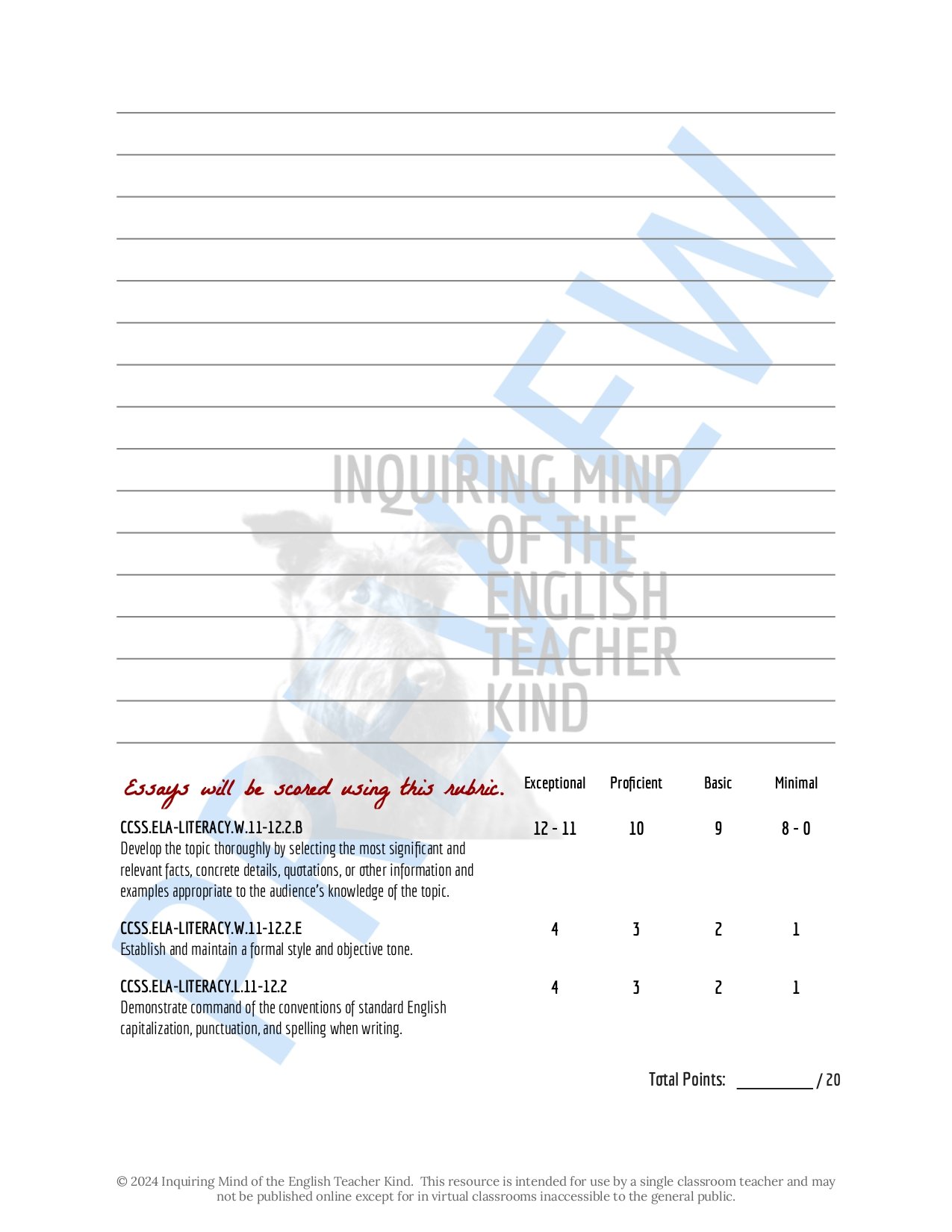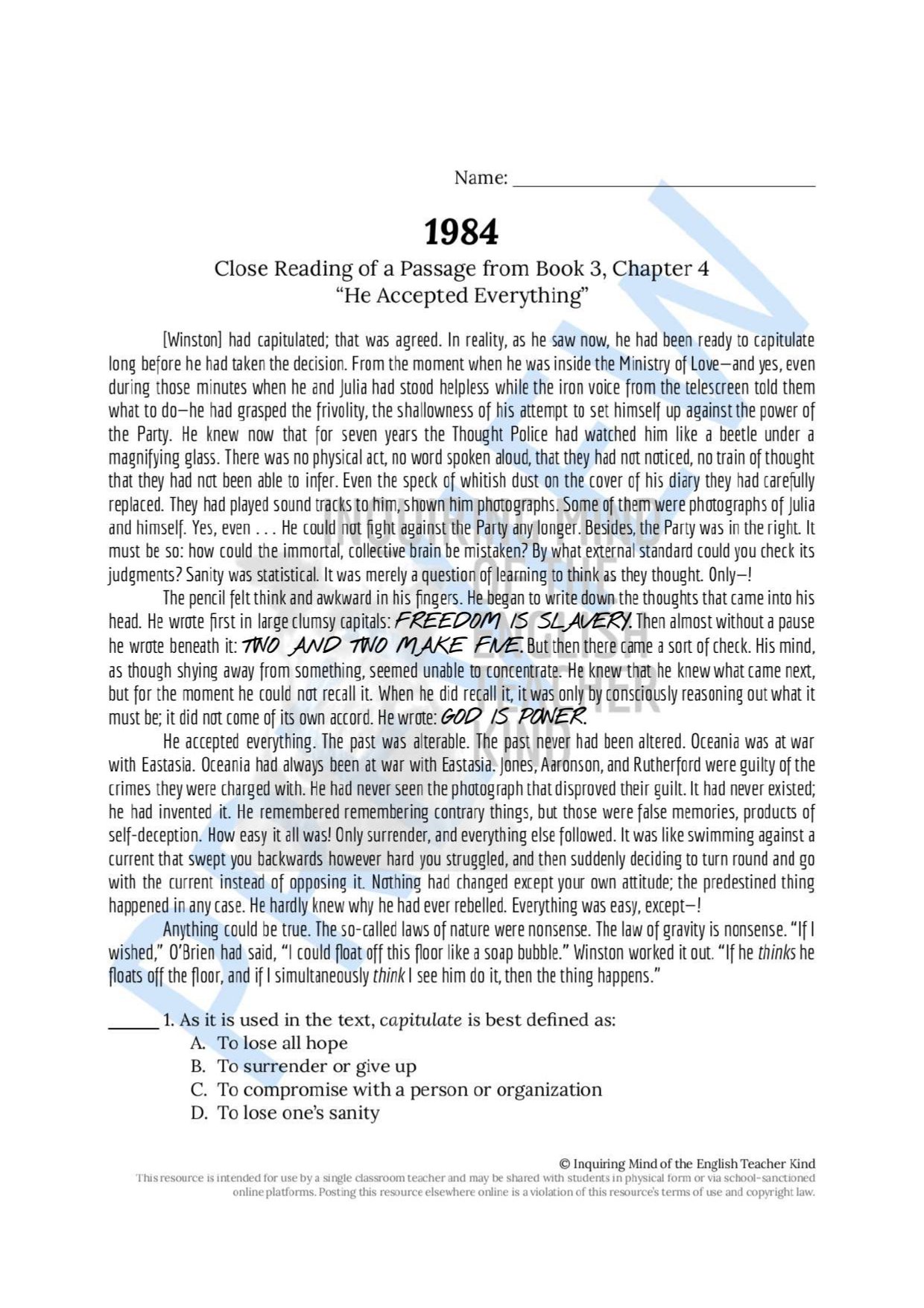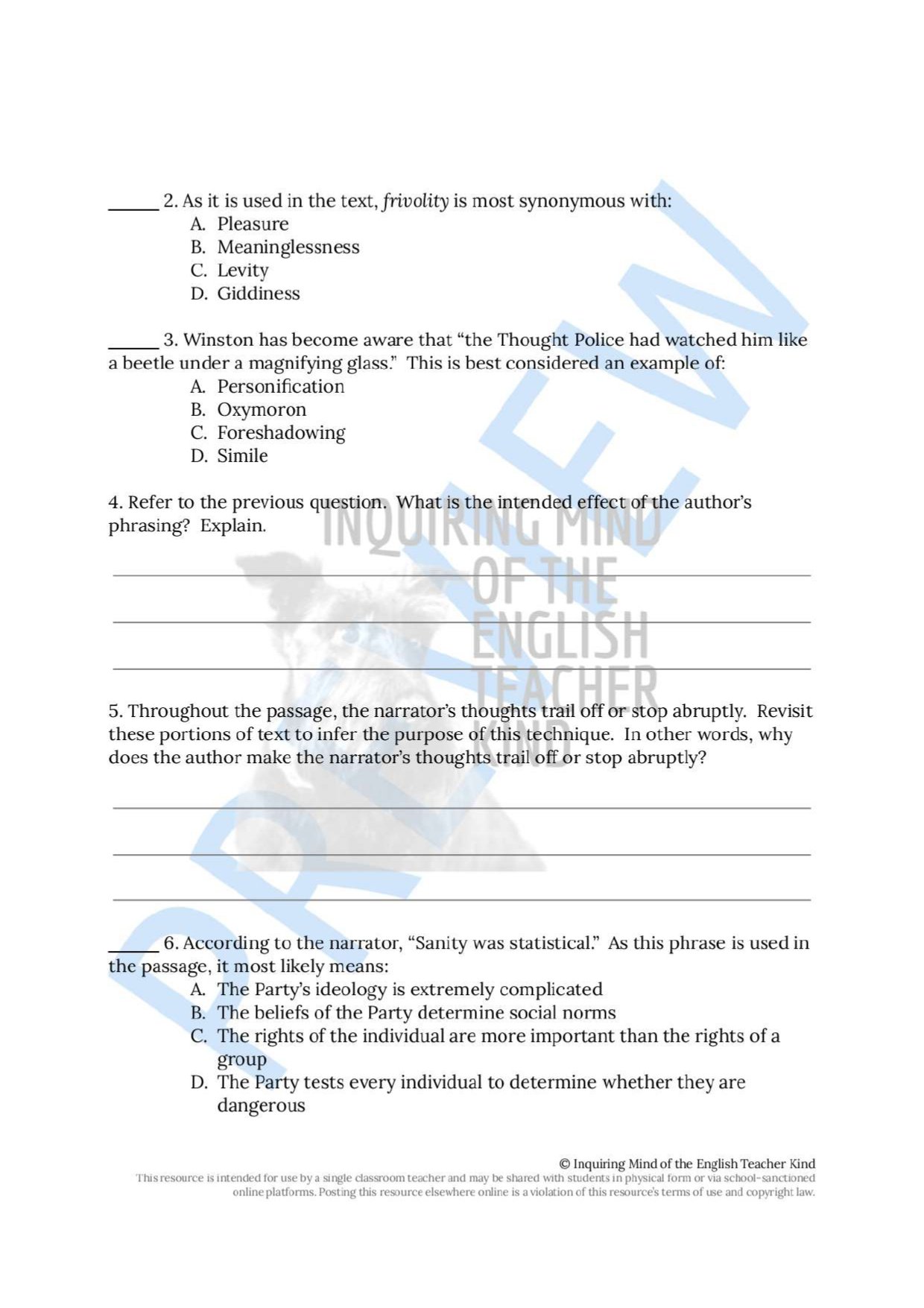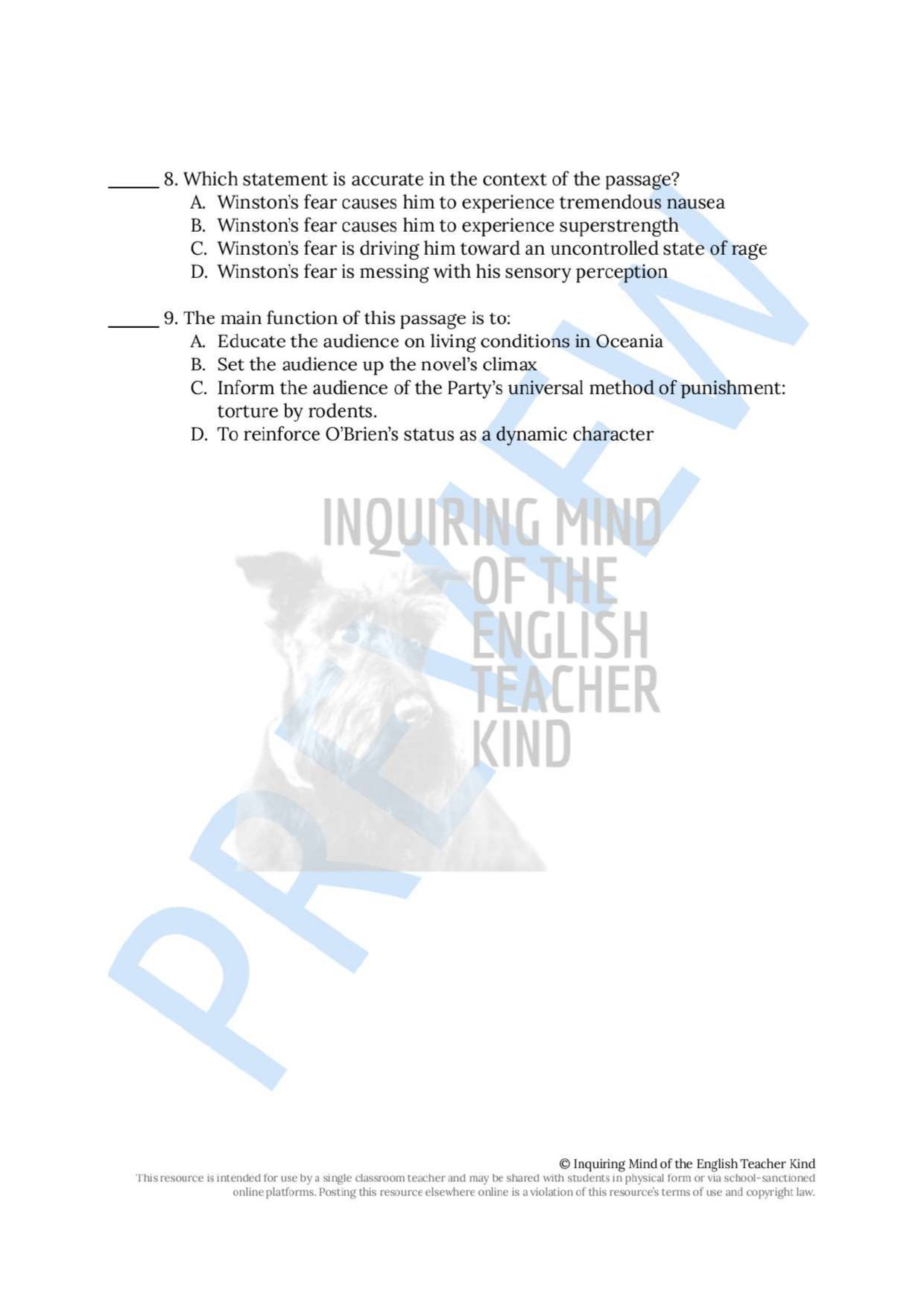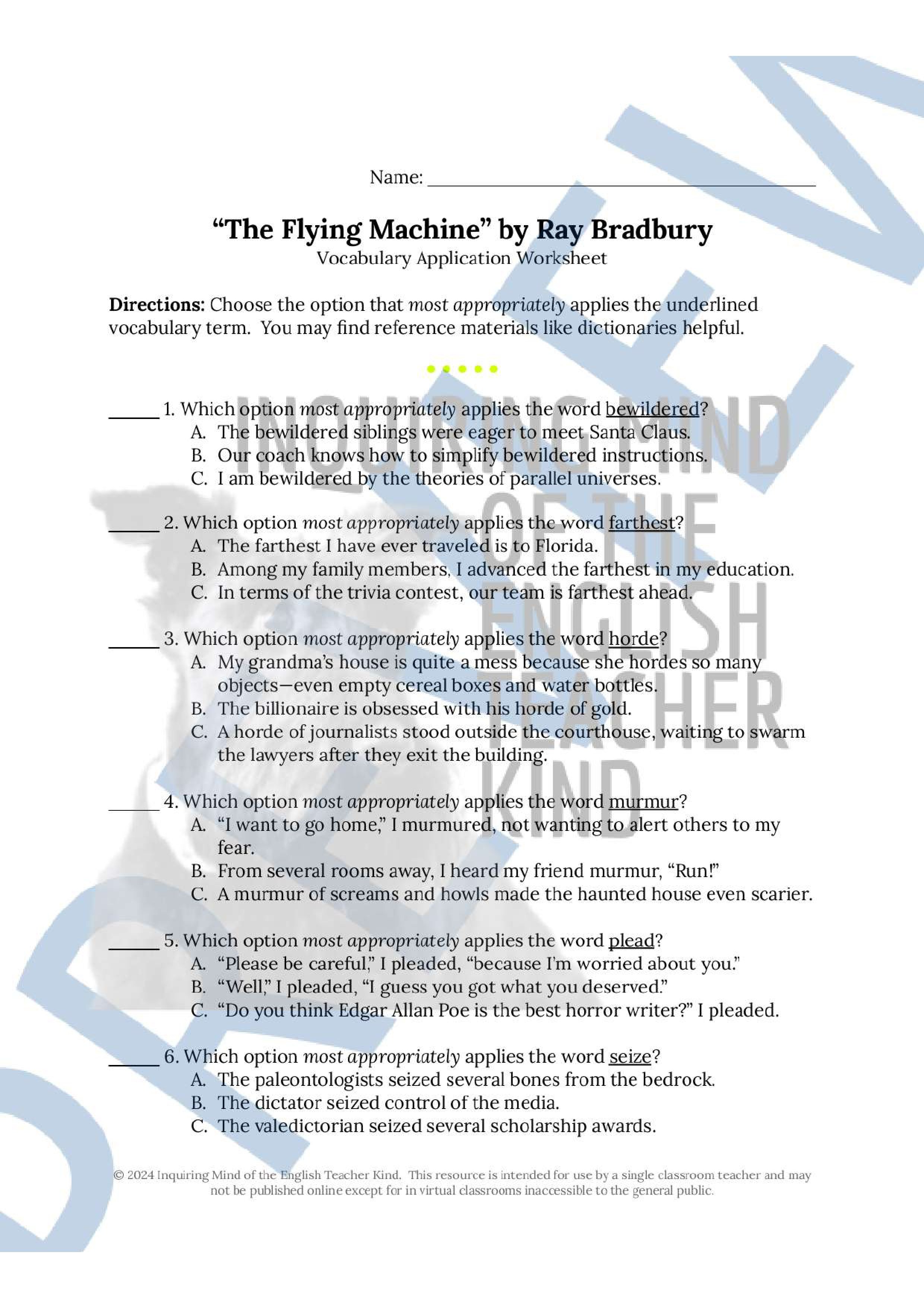 Image 1 of 112
Image 1 of 112

 Image 2 of 112
Image 2 of 112

 Image 3 of 112
Image 3 of 112

 Image 4 of 112
Image 4 of 112

 Image 5 of 112
Image 5 of 112

 Image 6 of 112
Image 6 of 112

 Image 7 of 112
Image 7 of 112

 Image 8 of 112
Image 8 of 112

 Image 9 of 112
Image 9 of 112

 Image 10 of 112
Image 10 of 112

 Image 11 of 112
Image 11 of 112

 Image 12 of 112
Image 12 of 112

 Image 13 of 112
Image 13 of 112

 Image 14 of 112
Image 14 of 112

 Image 15 of 112
Image 15 of 112

 Image 16 of 112
Image 16 of 112

 Image 17 of 112
Image 17 of 112

 Image 18 of 112
Image 18 of 112

 Image 19 of 112
Image 19 of 112

 Image 20 of 112
Image 20 of 112

 Image 21 of 112
Image 21 of 112

 Image 22 of 112
Image 22 of 112

 Image 23 of 112
Image 23 of 112

 Image 24 of 112
Image 24 of 112

 Image 25 of 112
Image 25 of 112

 Image 26 of 112
Image 26 of 112

 Image 27 of 112
Image 27 of 112

 Image 28 of 112
Image 28 of 112

 Image 29 of 112
Image 29 of 112

 Image 30 of 112
Image 30 of 112

 Image 31 of 112
Image 31 of 112

 Image 32 of 112
Image 32 of 112

 Image 33 of 112
Image 33 of 112

 Image 34 of 112
Image 34 of 112

 Image 35 of 112
Image 35 of 112

 Image 36 of 112
Image 36 of 112

 Image 37 of 112
Image 37 of 112

 Image 38 of 112
Image 38 of 112

 Image 39 of 112
Image 39 of 112

 Image 40 of 112
Image 40 of 112

 Image 41 of 112
Image 41 of 112

 Image 42 of 112
Image 42 of 112

 Image 43 of 112
Image 43 of 112

 Image 44 of 112
Image 44 of 112

 Image 45 of 112
Image 45 of 112

 Image 46 of 112
Image 46 of 112

 Image 47 of 112
Image 47 of 112

 Image 48 of 112
Image 48 of 112

 Image 49 of 112
Image 49 of 112

 Image 50 of 112
Image 50 of 112

 Image 51 of 112
Image 51 of 112

 Image 52 of 112
Image 52 of 112

 Image 53 of 112
Image 53 of 112

 Image 54 of 112
Image 54 of 112

 Image 55 of 112
Image 55 of 112

 Image 56 of 112
Image 56 of 112

 Image 57 of 112
Image 57 of 112

 Image 58 of 112
Image 58 of 112

 Image 59 of 112
Image 59 of 112

 Image 60 of 112
Image 60 of 112

 Image 61 of 112
Image 61 of 112

 Image 62 of 112
Image 62 of 112

 Image 63 of 112
Image 63 of 112

 Image 64 of 112
Image 64 of 112

 Image 65 of 112
Image 65 of 112

 Image 66 of 112
Image 66 of 112

 Image 67 of 112
Image 67 of 112

 Image 68 of 112
Image 68 of 112

 Image 69 of 112
Image 69 of 112

 Image 70 of 112
Image 70 of 112

 Image 71 of 112
Image 71 of 112

 Image 72 of 112
Image 72 of 112

 Image 73 of 112
Image 73 of 112

 Image 74 of 112
Image 74 of 112

 Image 75 of 112
Image 75 of 112

 Image 76 of 112
Image 76 of 112

 Image 77 of 112
Image 77 of 112

 Image 78 of 112
Image 78 of 112

 Image 79 of 112
Image 79 of 112

 Image 80 of 112
Image 80 of 112

 Image 81 of 112
Image 81 of 112

 Image 82 of 112
Image 82 of 112

 Image 83 of 112
Image 83 of 112

 Image 84 of 112
Image 84 of 112

 Image 85 of 112
Image 85 of 112

 Image 86 of 112
Image 86 of 112

 Image 87 of 112
Image 87 of 112

 Image 88 of 112
Image 88 of 112

 Image 89 of 112
Image 89 of 112

 Image 90 of 112
Image 90 of 112

 Image 91 of 112
Image 91 of 112

 Image 92 of 112
Image 92 of 112

 Image 93 of 112
Image 93 of 112

 Image 94 of 112
Image 94 of 112

 Image 95 of 112
Image 95 of 112

 Image 96 of 112
Image 96 of 112

 Image 97 of 112
Image 97 of 112

 Image 98 of 112
Image 98 of 112

 Image 99 of 112
Image 99 of 112

 Image 100 of 112
Image 100 of 112

 Image 101 of 112
Image 101 of 112

 Image 102 of 112
Image 102 of 112

 Image 103 of 112
Image 103 of 112

 Image 104 of 112
Image 104 of 112

 Image 105 of 112
Image 105 of 112

 Image 106 of 112
Image 106 of 112

 Image 107 of 112
Image 107 of 112

 Image 108 of 112
Image 108 of 112

 Image 109 of 112
Image 109 of 112

 Image 110 of 112
Image 110 of 112

 Image 111 of 112
Image 111 of 112

 Image 112 of 112
Image 112 of 112

















































































































Ender's Game Bundle of Quizzes, Worksheets, Research Projects, Test, and Keys
This resource bundle is designed to promote vocabulary development, evaluate reading comprehension, support critical thinking, and facilitate the process of researching topics related to Orson Scott Card's dystopian science fiction novel Ender's Game. Materials are delivered in editable Word Document and printable PDF formats. (Alternatively, a Google Drive bundle option is available.) A breakdown of content follows.
Reading comprehension quizzes: Hold students accountable for assigned readings with six multiple choice assessments focused on plot developments. These assessments may double as guided reading homework handouts to facilitate active engagement with the novel. Answer keys are included. Quizzes are broken down as follows:
Chapters 1 and 2
Chapters 3 and 4
Chapters 5 and 6
Chapters 7 and 8
Chapters 9 and 10
Chapters 11, 12, and 13
Chapters 14 and 15
Vocabulary games and activities: Frontload assigned readings with these vocabulary games and activities to maximize reading comprehension. Alternatively, stash these materials in an emergency sub folder to keep students meaningfully engaged in the book during unexpected teacher absences. Included are 7 vocabulary application activities, 7 crossword puzzles, 7 word search games, and answer keys. A total of 84 vocabulary terms are featured. By engaging with these activities, students will:
Determine the meaning of unfamiliar and complex words
Consult reference materials in order to learn and verify word meanings
Discern the most proper application of words as they are used in sentences
Literature circle activities: A handout detailing student roles, documentation logs to hold students accountable for their tasks, and a standards-based scoring rubric are included. By engaging with these literature circle materials, students will do the following:
Articulate key details from the story
Generate open-ended questions related to the novel in order to carry out meaningful discussions with peers
Respond thoughtfully to open-ended questions and others' contributions to the discussion
Document ways in which the novel is consistent with aspects of modern society
Locate specific passages and/or quotations that relate to major themes and concepts such as those relating to technology, space travel, the military, and the value of independent thinking
Artistically convey important information from the assigned reading
Close reading analysis worksheets: Prepare students to go beyond general reading comprehension and develop critical thinking skills for high school literature classes. Seven activities are included. By engaging with these close reading activities, students will:
Identify what the text states explicitly and implicitly
Define challenging words and phrases as they are used in the text
Examine nuances in words with similar meanings
Discern the greater significance and intended effects of given details
Consider historical context when answering questions about plot
Make logical inferences about the author's thinking in context
Discern the tone of given excerpts
Determine the function of a given chapter
Explore how complex characters think, behave, interact, and develop
Compare and contrast characters (Ender and Peter)
Apply knowledge of literary devices including symbolism, personification, simile, metaphor, epiphany, pun, foreshadowing, invective, euphemism, allusion, paradox, ambiguity, anaphora, rhetorical questioning, situational irony, verbal irony, and dramatic irony
Explore themes in context
Support claims and inferences with relevant evidence and sound reasoning
Write about literature with clarity, accuracy, and precision
Research project materials: Streamline the process of investigating relevant topics, documenting information gathered, and delivering formal speeches. Students will choose from thirty research topics—addressing ideas such as real-life child soldiers, humanitarian organizations, Project Blue Book, the Fermi paradox, space travel, and other events transpiring as recently as 2023. A detailed scoring rubric is provided. Students will perform the following tasks:
Articulate connections between a research topic and the assigned novel
Conduct research using available resources
Collect and classify reliable sources
Develop successful methods of recording information
Evaluate the credibility of source work, taking into consideration readability, date, relevance, expertise, and bias
Apply conventions of MLA formatting
Correctly site resources to avoid plagiarism
Organize information in a cohesive manner, using a note-taking system that includes summary, paraphrasing, and quoted material
Analyze, synthesize, and integrate information, generating a thoughtfully comprehensive report, free of generalities and redundancies
Present findings verbally, using their own words
Summative unit test: This summative assessment measures reading comprehension, knowledge of literary craft, and proficiency in writing claims in an analysis of the text and its characters. An answer key is included.
Materials are available for a range of dystopian and science fiction texts:
This resource bundle is designed to promote vocabulary development, evaluate reading comprehension, support critical thinking, and facilitate the process of researching topics related to Orson Scott Card's dystopian science fiction novel Ender's Game. Materials are delivered in editable Word Document and printable PDF formats. (Alternatively, a Google Drive bundle option is available.) A breakdown of content follows.
Reading comprehension quizzes: Hold students accountable for assigned readings with six multiple choice assessments focused on plot developments. These assessments may double as guided reading homework handouts to facilitate active engagement with the novel. Answer keys are included. Quizzes are broken down as follows:
Chapters 1 and 2
Chapters 3 and 4
Chapters 5 and 6
Chapters 7 and 8
Chapters 9 and 10
Chapters 11, 12, and 13
Chapters 14 and 15
Vocabulary games and activities: Frontload assigned readings with these vocabulary games and activities to maximize reading comprehension. Alternatively, stash these materials in an emergency sub folder to keep students meaningfully engaged in the book during unexpected teacher absences. Included are 7 vocabulary application activities, 7 crossword puzzles, 7 word search games, and answer keys. A total of 84 vocabulary terms are featured. By engaging with these activities, students will:
Determine the meaning of unfamiliar and complex words
Consult reference materials in order to learn and verify word meanings
Discern the most proper application of words as they are used in sentences
Literature circle activities: A handout detailing student roles, documentation logs to hold students accountable for their tasks, and a standards-based scoring rubric are included. By engaging with these literature circle materials, students will do the following:
Articulate key details from the story
Generate open-ended questions related to the novel in order to carry out meaningful discussions with peers
Respond thoughtfully to open-ended questions and others' contributions to the discussion
Document ways in which the novel is consistent with aspects of modern society
Locate specific passages and/or quotations that relate to major themes and concepts such as those relating to technology, space travel, the military, and the value of independent thinking
Artistically convey important information from the assigned reading
Close reading analysis worksheets: Prepare students to go beyond general reading comprehension and develop critical thinking skills for high school literature classes. Seven activities are included. By engaging with these close reading activities, students will:
Identify what the text states explicitly and implicitly
Define challenging words and phrases as they are used in the text
Examine nuances in words with similar meanings
Discern the greater significance and intended effects of given details
Consider historical context when answering questions about plot
Make logical inferences about the author's thinking in context
Discern the tone of given excerpts
Determine the function of a given chapter
Explore how complex characters think, behave, interact, and develop
Compare and contrast characters (Ender and Peter)
Apply knowledge of literary devices including symbolism, personification, simile, metaphor, epiphany, pun, foreshadowing, invective, euphemism, allusion, paradox, ambiguity, anaphora, rhetorical questioning, situational irony, verbal irony, and dramatic irony
Explore themes in context
Support claims and inferences with relevant evidence and sound reasoning
Write about literature with clarity, accuracy, and precision
Research project materials: Streamline the process of investigating relevant topics, documenting information gathered, and delivering formal speeches. Students will choose from thirty research topics—addressing ideas such as real-life child soldiers, humanitarian organizations, Project Blue Book, the Fermi paradox, space travel, and other events transpiring as recently as 2023. A detailed scoring rubric is provided. Students will perform the following tasks:
Articulate connections between a research topic and the assigned novel
Conduct research using available resources
Collect and classify reliable sources
Develop successful methods of recording information
Evaluate the credibility of source work, taking into consideration readability, date, relevance, expertise, and bias
Apply conventions of MLA formatting
Correctly site resources to avoid plagiarism
Organize information in a cohesive manner, using a note-taking system that includes summary, paraphrasing, and quoted material
Analyze, synthesize, and integrate information, generating a thoughtfully comprehensive report, free of generalities and redundancies
Present findings verbally, using their own words
Summative unit test: This summative assessment measures reading comprehension, knowledge of literary craft, and proficiency in writing claims in an analysis of the text and its characters. An answer key is included.
Materials are available for a range of dystopian and science fiction texts:
Preview this resource:
This low-prep bundle covering Ender's Game by Orson Scott Card contains all the formative and summative assessments teachers need to promote collaborative discussions, evaluate general reading comprehension, support the development of close reading analysis skills, and facilitate student research on a range of relevant topics. Included are seven multiple choice quizzes, seven close reading analysis worksheets, literature circle activities, research project materials, an end-of-unit test, and answer keys.




















